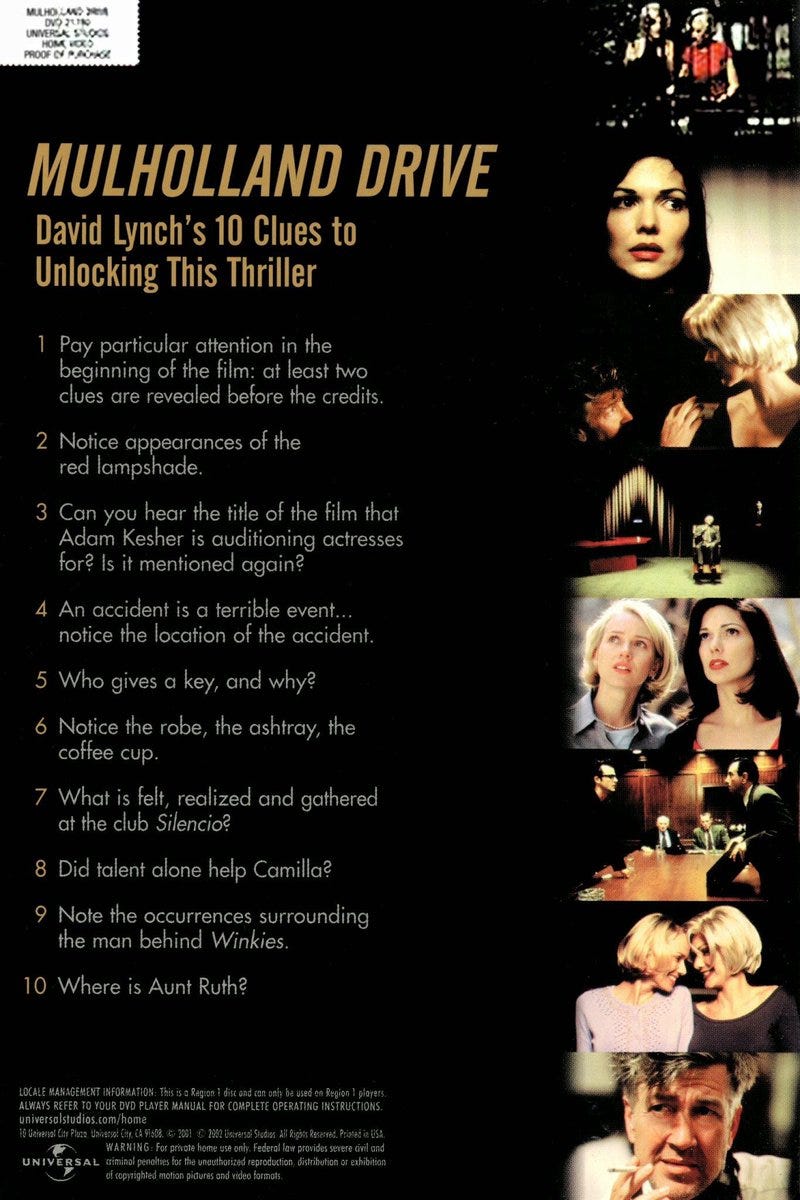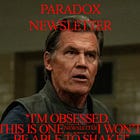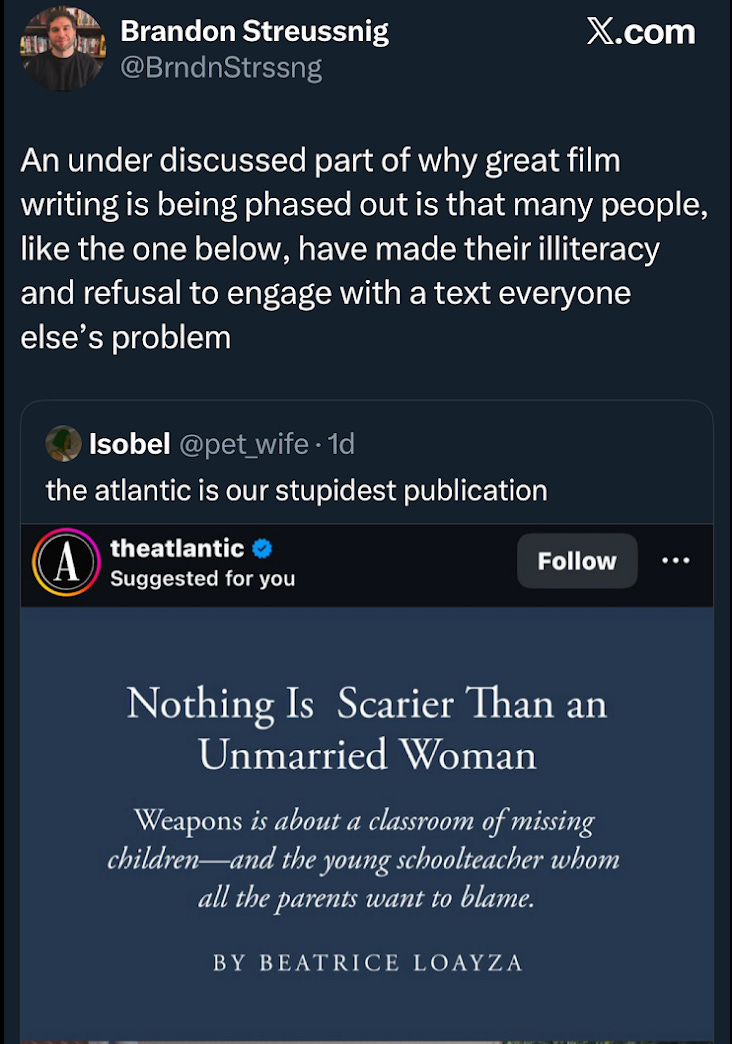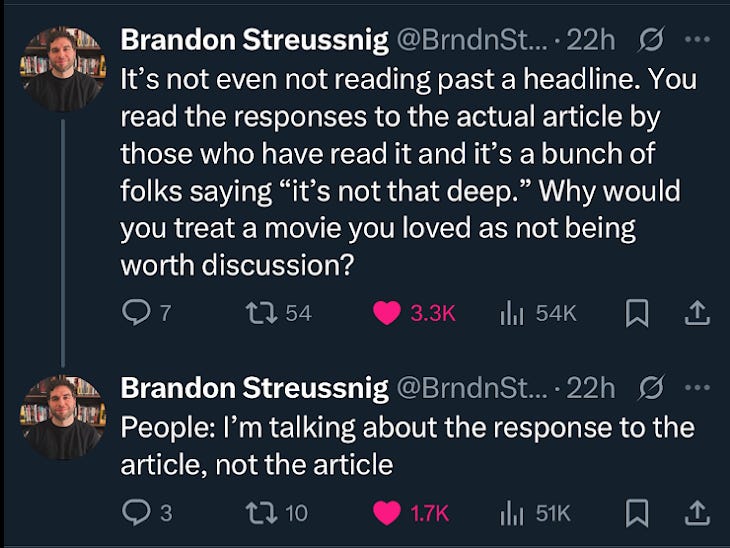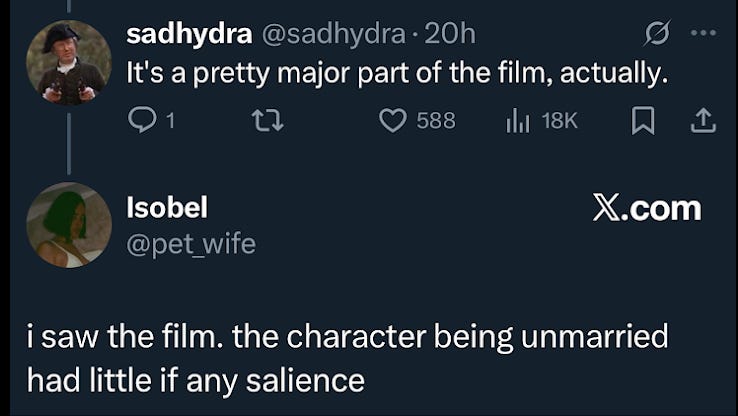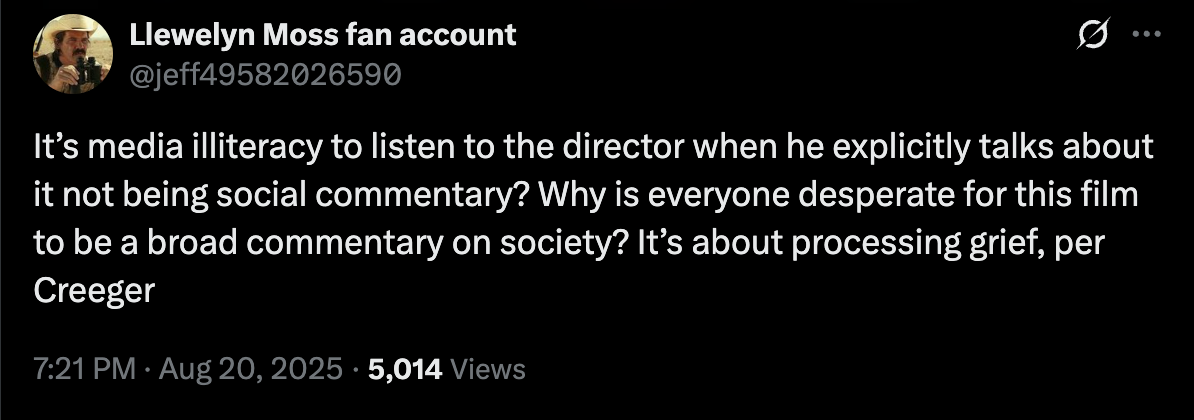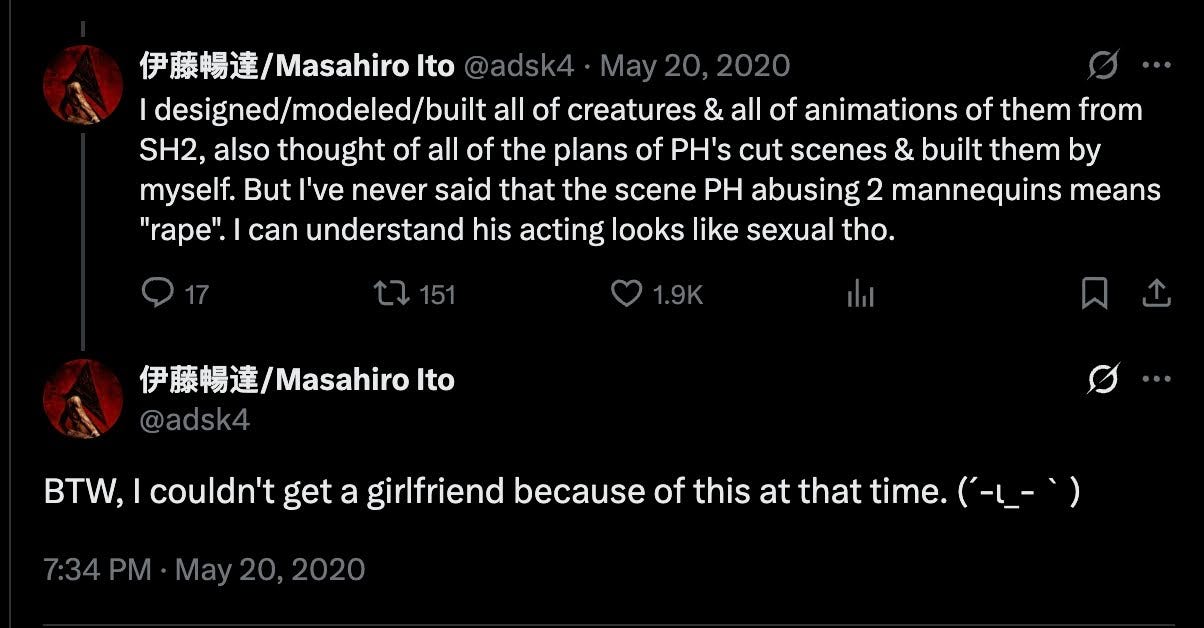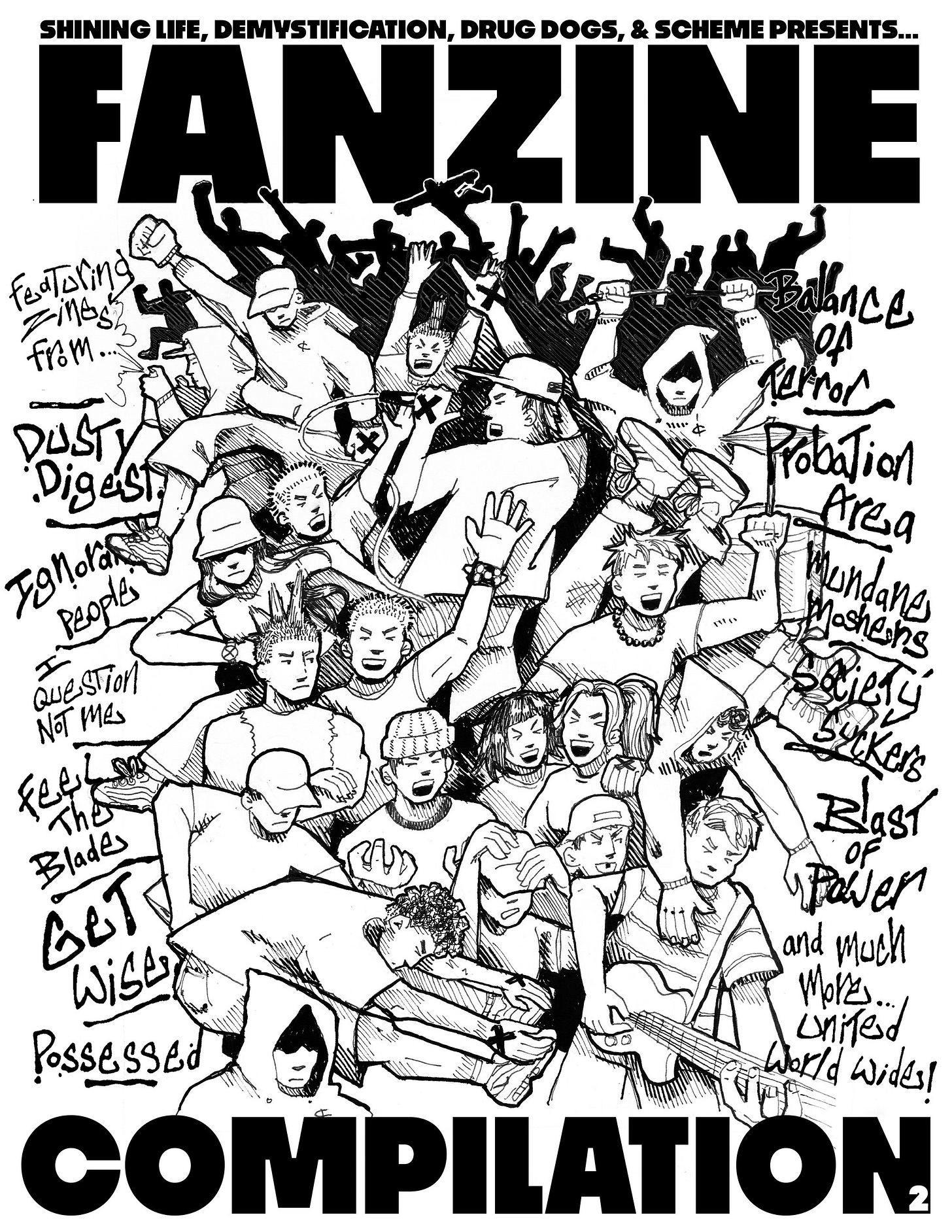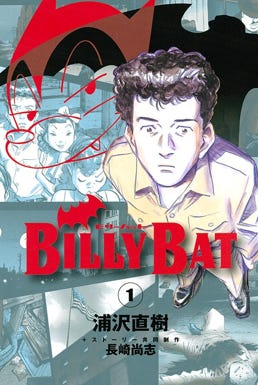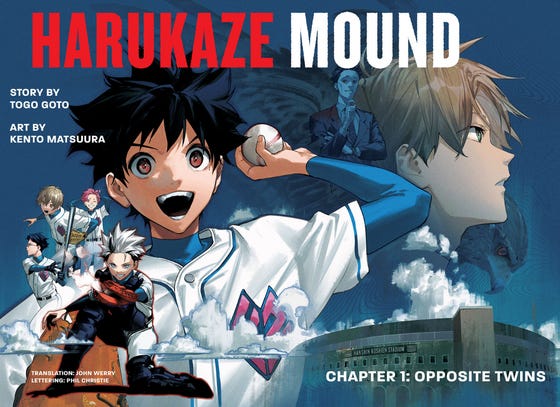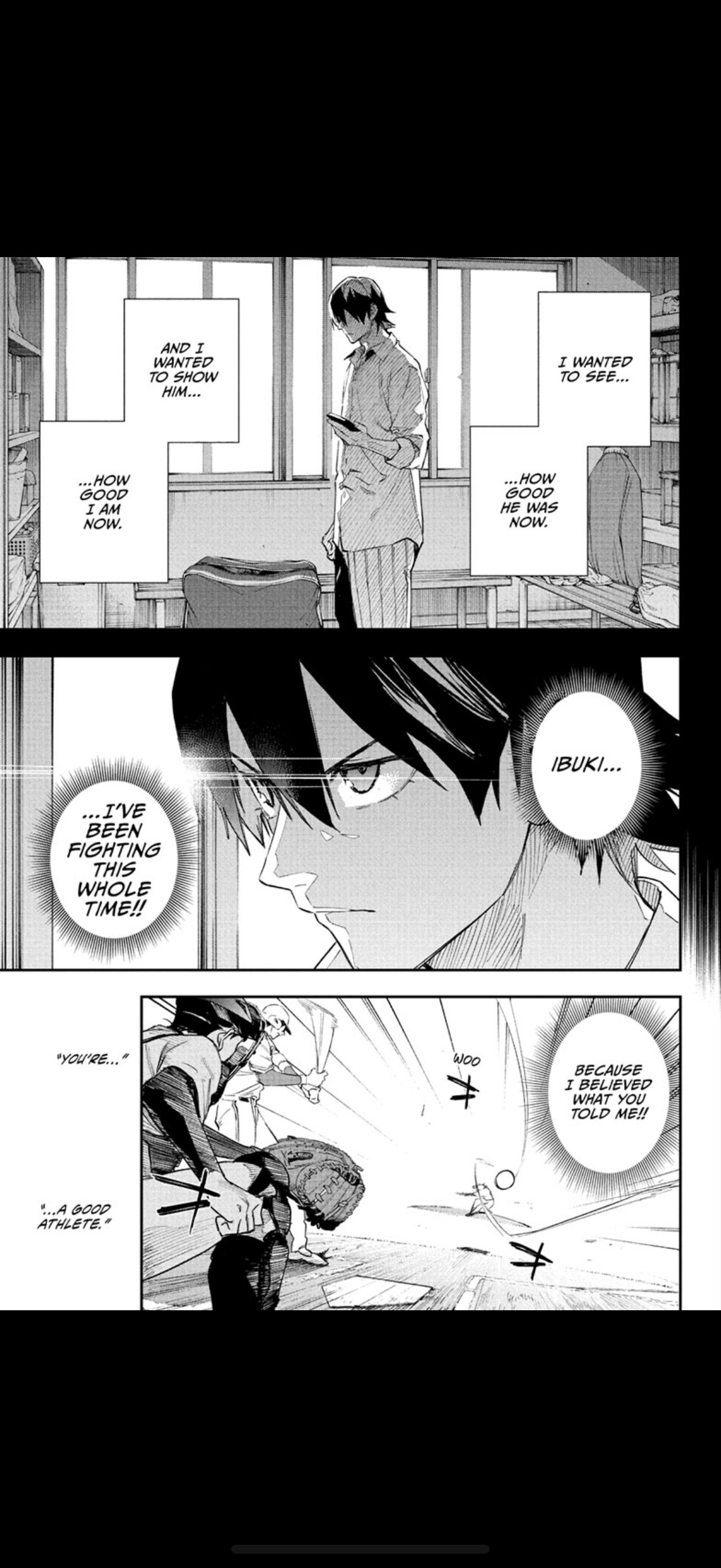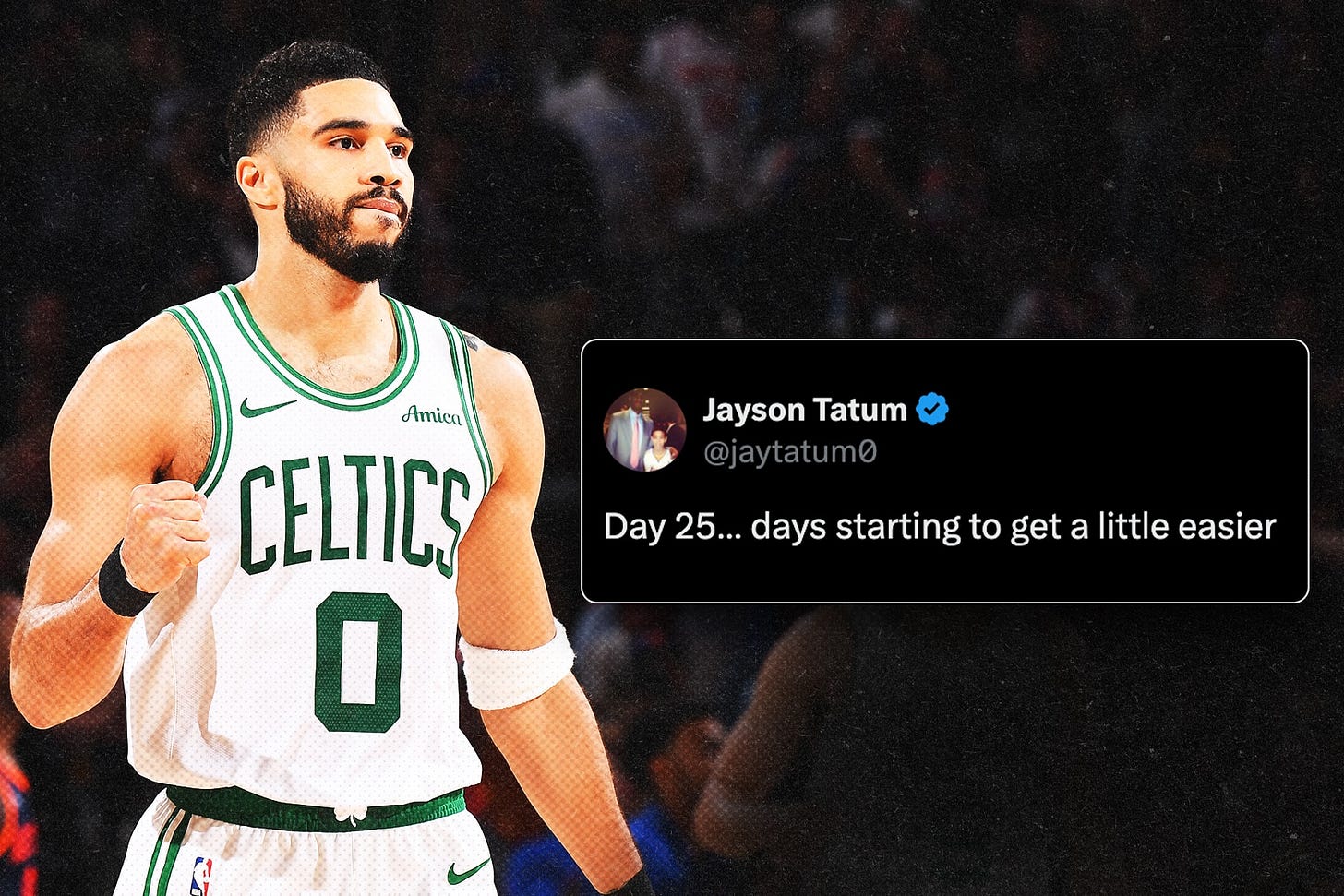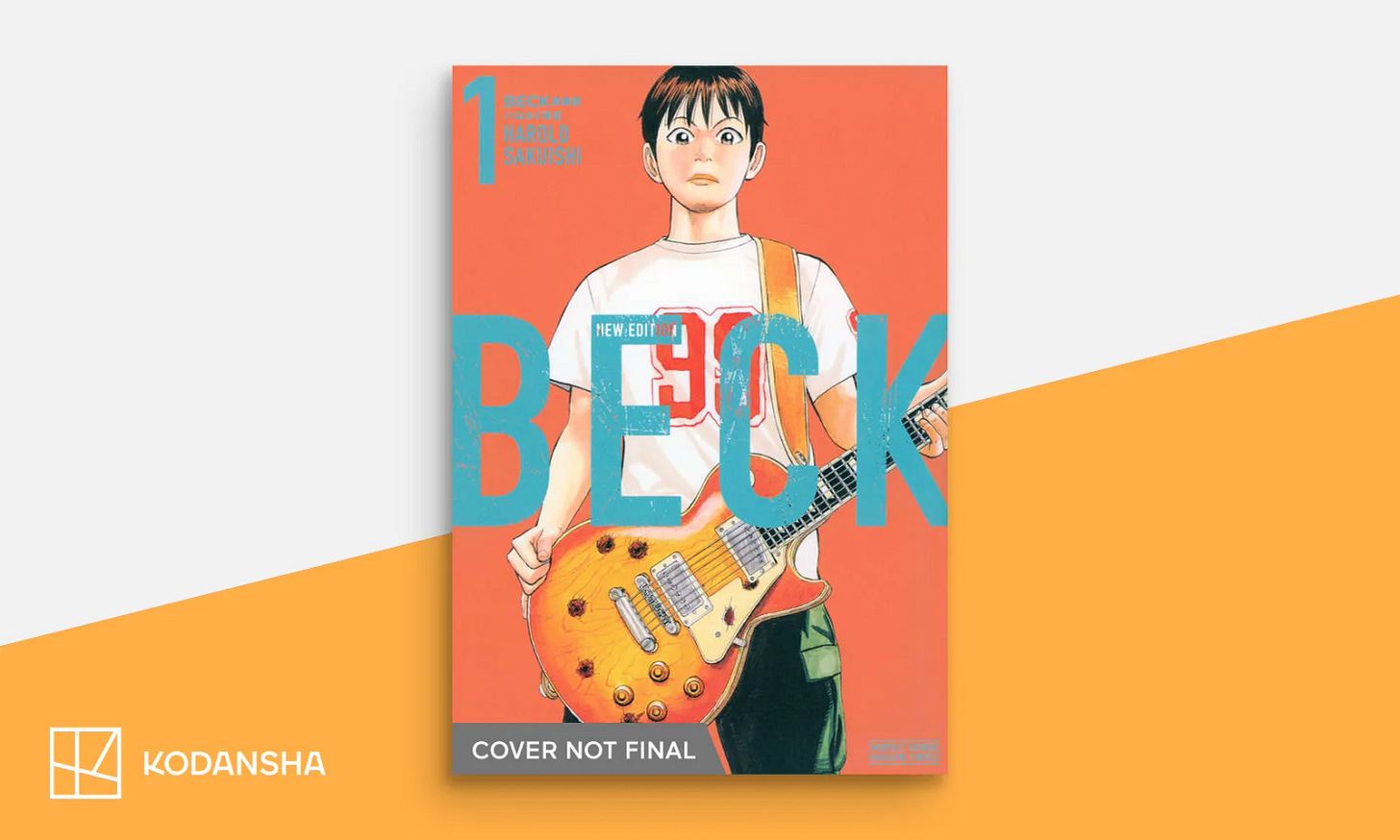Issue #394: Refusing an Interpretation Is an Interpretation
This is one of those interesting (to me) newsletter weeks where everything is backloaded. The ‘essay’ is relatively short, but I put a lot in the reading list section. Manga updates, metal updates, youtube videos, hardcore fanzines, it’s all there. I’ll mention it at the front too in case you don’t get to the end, I am selling copies of the new Shining Life fanzine compilation which my new zine also appears in. More info in the reading list, but buy it here:
https://paradoxnewsletter.bigcartel.com/
You can also get a hat, shirt, or out of print and sold out first edition of last year’s zine comp.
I just started a Music League for newsletter readers. I don’t totally get it, but I think it’ll be a lot of fun. How (I think) it works: you submit a song every week based on a prompt, all the songs are aggregated into a playlist, and you listen to the playlist and then vote for the submitted songs. The criteria for how you vote seems intentionally vague. You can vote for your favorite song, the funniest, the one that you feel best fits the prompt. It’s up to you. I’m opening it up to anyone who wants to click the link, but there are only thirty spots. Join here: https://app.musicleague.com/l/deddd140f8a64eac9a0ae2651a525b89
It is integrated with Spotify, but does not require a Spotify subscription. You can play with a free account. I’ll post the playlists the group puts together in the newsletter as the league is ongoing. And, if you make it in, good luck.
Interpretation Is All There Is
It’s been a bad week for hermeneutics. Those who spend hours to come up with 1,500 words on a reading of the latest and greatest of cinema face no shortage of detractors. Take, for instance, Weapons (2025), which I wrote about two weeks ago.
I haven’t gotten much pushback from anyone other than myself — I made the mistake of using “genius” in two consecutive letter headlines. It called for a revision. But Beatrice Loayza has it much, much worse. She has been attacked as a result of her anodyne reading of Weapons.
Screenshotting from Streussnig’s repudiation, twitter user “Isobel” is just one of many critics of Loayza’s piece. Or, more specifically, its headline. Again, I will turn to Streussnig:
I’m happy I don’t work for The Atlantic, or maybe I would have been unfairly lambasted by the culturally illiterate for my newsletter title choices.
With Weapons, there are a number of objections to Loayza’s piece. While they are not equally bad, none are great. The first, the tack “Isobel” takes, is a substantive dispute about the value of an interpretation. “Isobel,” however, does not substantiate her reading and merely attempts to attack Loayza’s with 120 character salvos.
Cheap though it may be to attack someone’s reading with crummy tweets, disputes about how to interpret a film come up all the time. It’s a great thing. It is a little worse, however, to confront those who object to the idea of interpretation altogether.
These are just some among many mistakes in thinking to curtail the freedom of the critic. “It’s not that deep” is the same as some of the objections to reading Weapons that I have heard, “it’s just dumb fun,” “it’s a film without a message.” Making such a claim requires substantial analysis to support it. To assert a film is without a message is to read it, exhaustively, for any subtext and find nothing. Of course, people who make this claim likely didn’t self-consciously think about Weapons, for example, and find it lacking. But it is an interpretation that would require support if to advance. And such an argument won’t hold up under scrutiny, since Weapons makes available all kinds of readings rather than makes impossible any kind of reading.
As for those who defer to Cregger’s explanations of the film’s “meaning,” which I haven’t read, there’s another good example of a dispute between practitioners of literary criticism and those who hold the word of the author up as holy. Enter Masahiro Ito, the creature designer and artist for Silent Hill 2 (2001). He has spent the last week responding to randoms on twitter, taking issue with their interpretation of the Pyramid Head monster and the game’s protagonist James Sunderland.
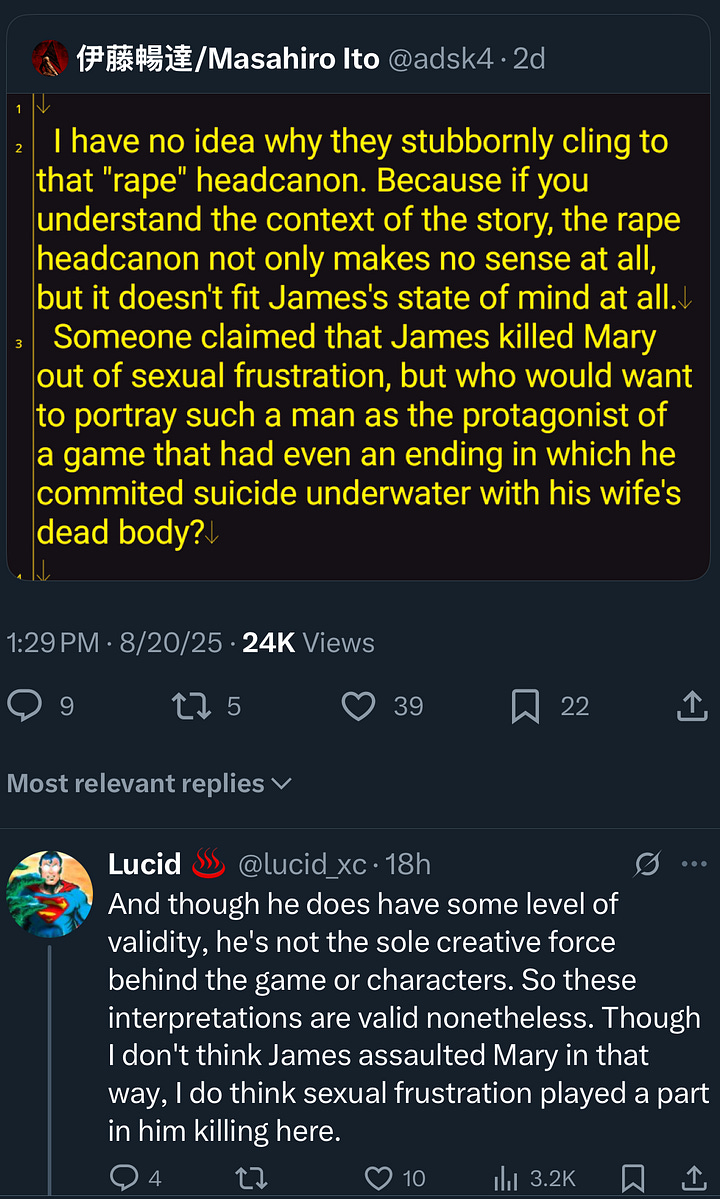
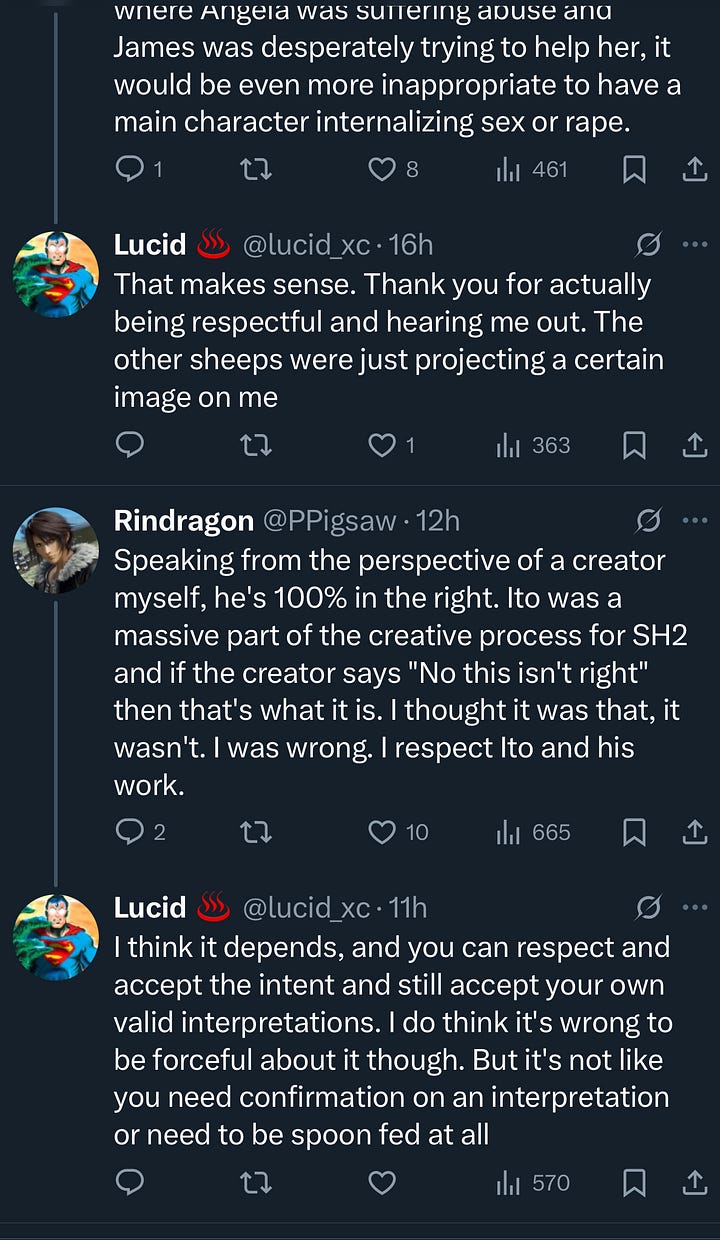
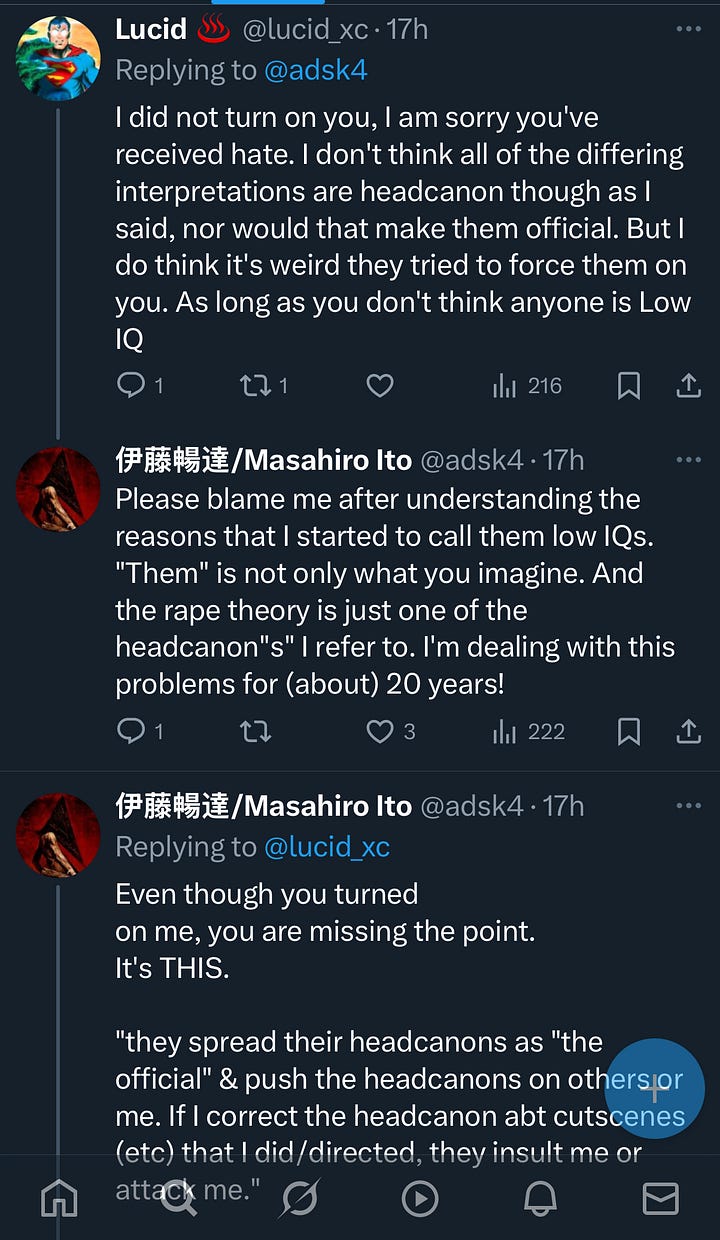
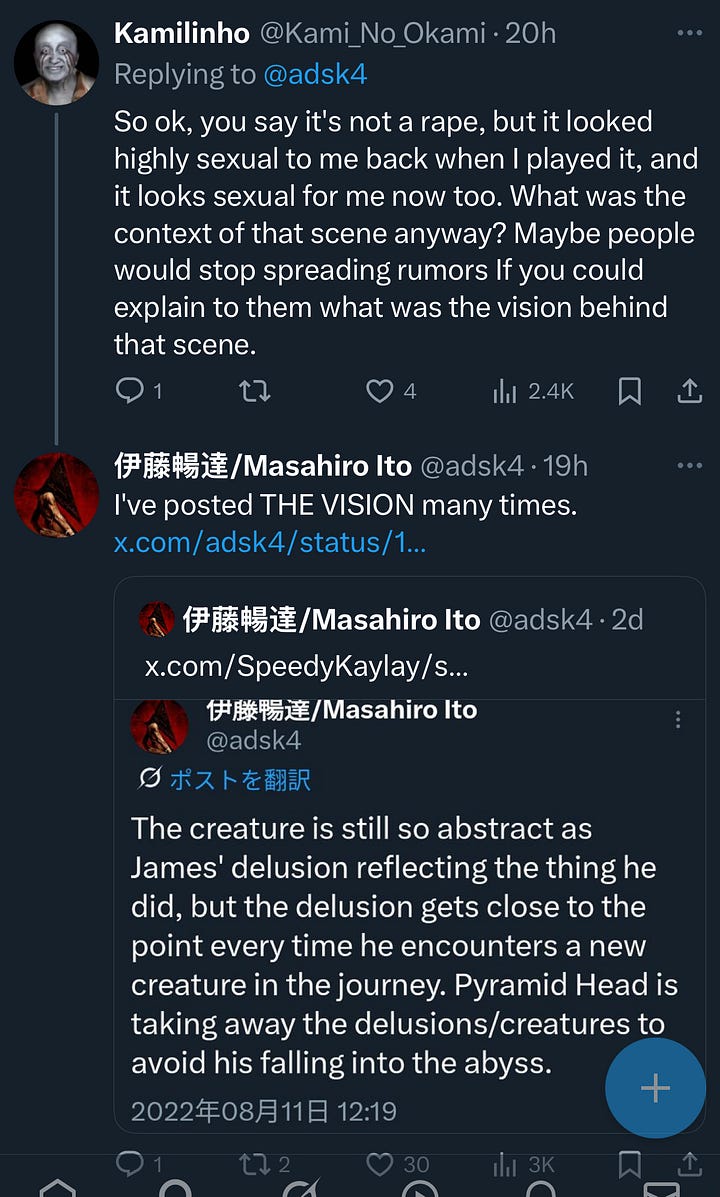
There’s more lore here than I understand, but Ito seems to dispute in equal measure the (interpretive) claim that Pyramid Head symbolizes James’ sexual frustration during a period while his wife was ill and the (empirical) claim that there was material planned or even fully rendered for the game that would show James sexually assaulting his wife that was cut from the game.
I have some sympathy for Ito, the idea of Pyramid Head’s sexual signification is documented on Wikipedia (at the time of posting) without attribution to a particular critic. And it does seem tiresome to have to defend one’s game against conspiratorial claims about apocryphally cut content. Ito is making a mistake in failing to distinguish between the interpretive and empirical claims about his game. It’s not that they aren’t related. The idea something might’ve been cut from the game is a search for some kind of interpretive smoking gun for those less comfortable with ambiguity. And maybe the reading of Pyramid Head’s relationship to James’ sexuality is poor or juvenile. But Ito is having an absolute meltdown, encouraging the worst ideas about how someone should interact with and derive meaning from the art they encounter. And, as they say, a hit dog will holler. Not to suggest Ito himself consciously embedded some idea of sexual antagonism into the design of Pyramid Head, but he says this analysis of the game has plagued him for over two decades.
It seems likely to me, then, that there is some significant textual support for some version of the reading that Ito so objects to.
I could quote Roland Barthes to demonstrate why the buck doesn’t stop with the author when determining the meaning, subtext, or cultural significance of their work. But I’ve done that before. This time I’ll quote reddit user “sdwoodchuck,” who responded to Hideaki Anno’s view of The End of Evangelion (1997):
An author is not the same person when they finish a work as when they start it. They’re not the same person when they revisit it a year later, or ten years later, or thirty years later. To me, both represent an artist with different priorities and different passions, and in the face of the status of the fictional world’s canon is just meaningless.
Though “sdwoodchuck” refers to a dispute about what is or isn’t “canon” in a text, as in what events occurred within the fiction’s narrative logic, the same applies to an author’s interpretation of their own work. As a psychoanalytically informed critic, especially, one does not know what work the unconscious does in realizing a work of art.
No matter how many people call something beneath intellectual consideration, every work can be read. I don’t think for those who don’t want to know.
Weekly Reading List
https://paradoxnewsletter.bigcartel.com/product/shining-life-fanzine-compilation-volume-2 — Shining Life Fanzine Compilation is back with a second installment. Yours truly is featured with a new venture from Paradox, Close to the Edge fanzine. In the premiere, one page issue, I explore unsolved mysteries of hardcore music. You can buy it from yours truly, above. I also have a few of last year’s compilation, which is sold out everywhere else.
It’s a real treat when I discover a really good GDQ run I missing during the marathon. This Get To Work (2024) run is short and sweet, but especially exciting because the developer Stephen Huang is on commentary. It’s not that unusual for a GDQ run to feature a developer to ooh and aah over the speedrunner’s exploits, but Huang sounds like a legit speedrunning commentary pro. He knows all the tech, all the skips, and provides a unique view as a developer who sometimes encourages speedrunning through his design choices and other times, like most cases, leaves glitches untouched for a speedrunner’s benefit. He even made an hour long documentary about Get To Work speedrunning.
But it’s a bit of a time commitment compared to the relative brief marathon run.
The plot of Super Robot Wars X (2018) borrows its initial plot from Mashin Hero Wataru (1988), a vintage isekai anime where a grade schooler is transported from his daily life to a fantasy version of ancient Japan and pilots a giant robot. Before SRWX, I had no familiarity whatsoever with Wataru, but everything I have found out about the anime seems incredibly awesome. Once again, Super Robot Wars fulfills its essential cultural function exposing me to unfamiliar robot anime. However, Wataru does have a strong cultural imprint on video gaming in the form of Keith Courage in Alpha Zones (1989), a TurboGrafx-16 pack-in game adapted from a Mashin Hero Wataru PC Engine game.
Hudson Soft’s strategy for localizing the game is a perfect summary of how Japanese games were brought to the US market in the 80s and 90s.
Even since Evo went big time (acquired by Sony and, recently, sold to NODWIN), the opposite of what you would expect has happened. Accountability to corporate overlords makes things worse 99.99% of the time. But we’re living in the world of the 0.01%. Evo has been consistently releasing great videos from historical overviews, trips to international arcades, and tournament “vlogs.” They are doing great work to preserve some very ephemeral fighting game history.
This video falls decidedly into the “vlog” category, but I learned a lot about current independent fighting games I’d never heard of.
https://www.comicsbeat.com/exclusive-kana-release-naoki-urasawa-takashi-nagasaki-billy-bat-english/ — Naoki Urasawa’s Billy Bat (2008) is being released, localized, in the United States courtesy of Kana Manga. Yes, it’s really happening. I can’t believe it. Release is scheduled for June.
https://www.viz.com/shonenjump/chapters/harukaze-mound — I like doing my weekly Shounen Jump manga check-ins from time to time. Harukaze Mound (2025) is the newest series I’ve been reading, on its tenth chapter this week. It is a baseball manga, following two twin brothers aspiring to pitch at Koshien (which, in real life, Okinawa Shogaku just won for the first time ever). As one might expect, however, the brothers have somewhat disparate levels of skill.
Last week’s chapter, nine, “Sink Your Teeth In,” focuses on a supporting character: Ibuki Hayama. Ibuki comes from my favorite mold of manga character. He suffered an injury which took him off his promising, prodigal track to baseball stardom. The title of the chapter is the watchword. “Skin your teeth in” or “喰らいつけよ/kuraitsukeyo” comes up again and again. Ibuki gives this advice to a fellow player in middle school, Ataru Yoshizawa. But Ataru goes on to have the ascendant amateur career that Ibuki seemed destined for and the two are on opposite sides of the field.
An injury in sports always occasions a question, how will the player recover?
Addressing this in fiction means ratcheting up the drama. A player can struggle with shortcomings and be unsure if the cause is their injury or their time away from the sport. In Slam Dunk (1990), Hisashi Mitsui must both overcome his injury and his poor conditioning. He abandons basketball because of the injury, making his return to the sport complicated by the combination of mandated and chosen time off the court.
Ibuki takes on no greater burdens in his return to baseball, however. Unlike Mitsui, he is back on the field immediately.
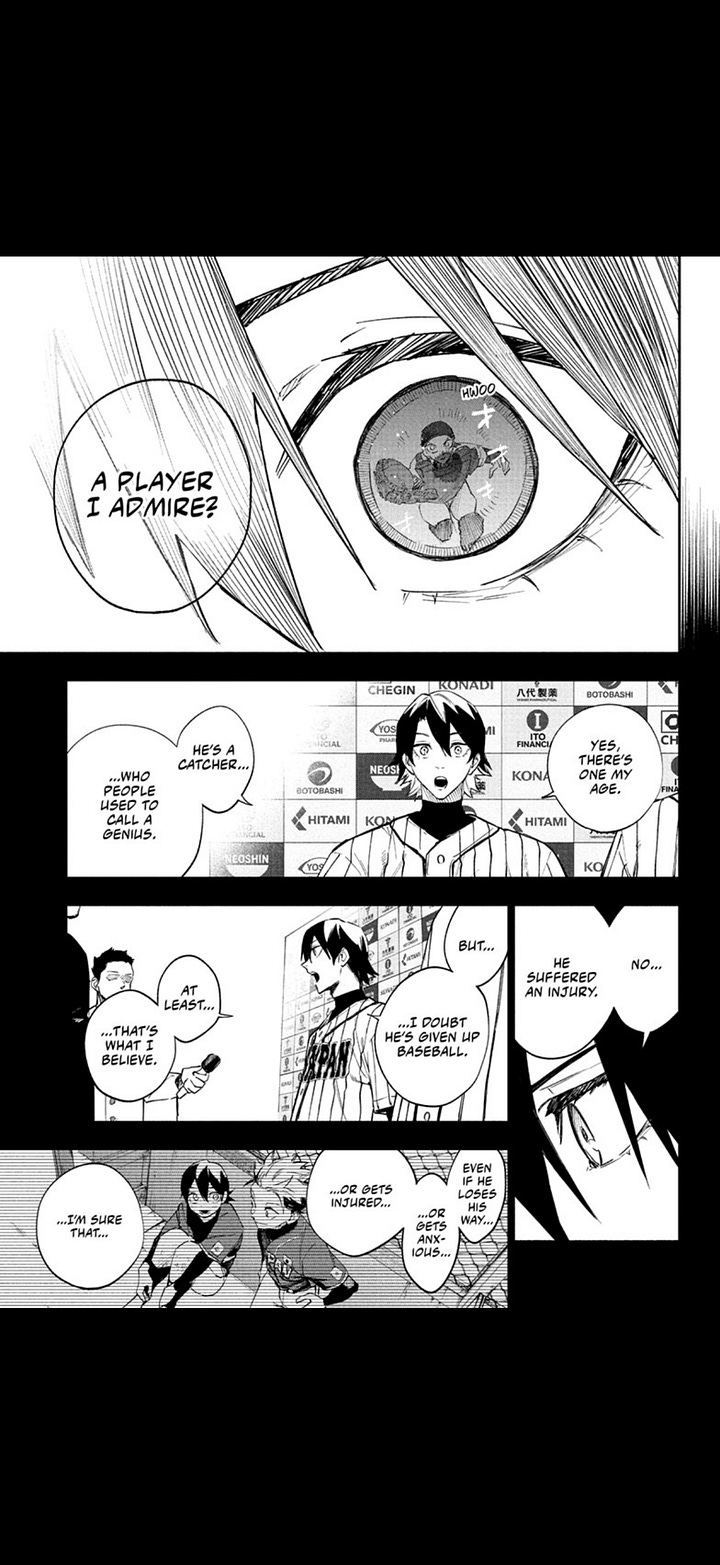
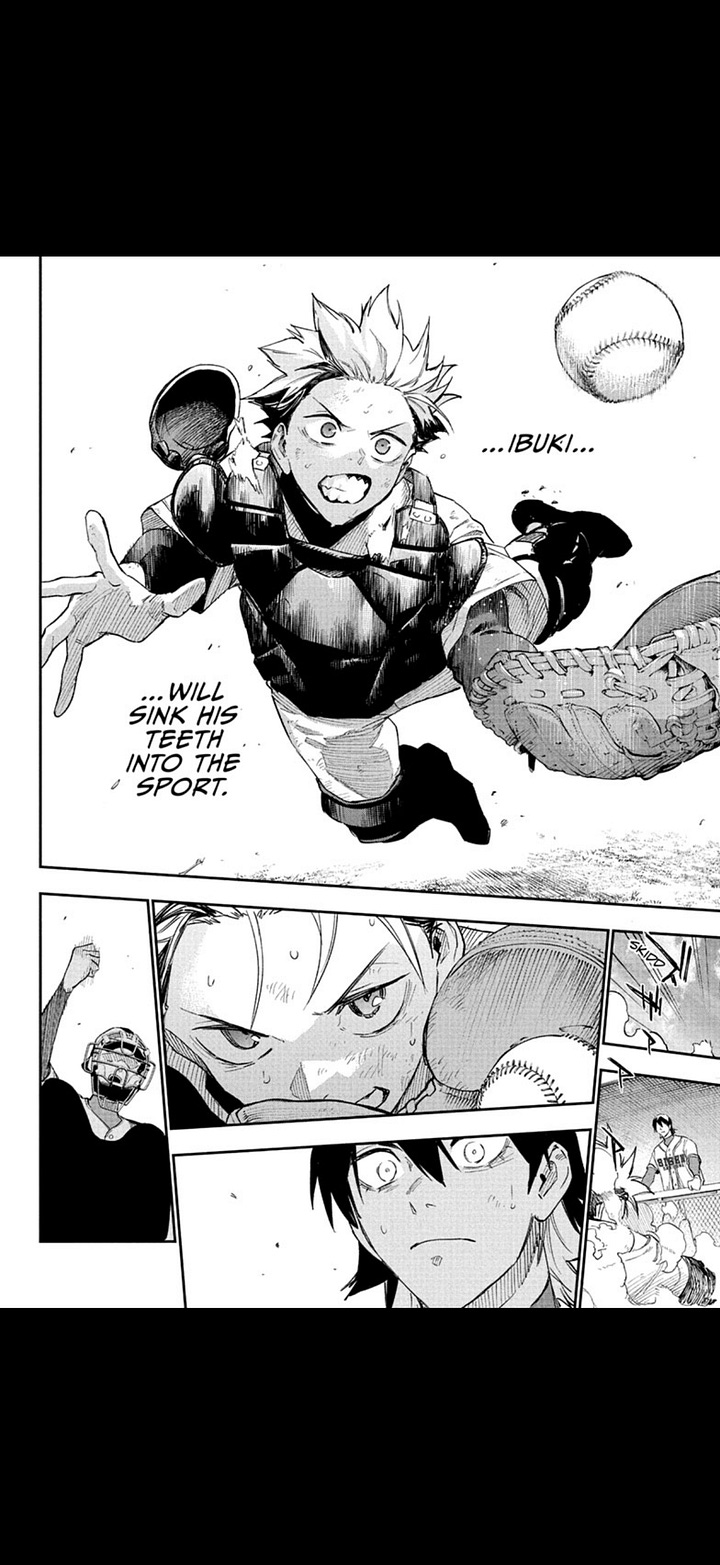
He sinks his teeth in.
https://kodansha.us/2025/08/24/ANYC-2025-fall-2026-new-licensing-announcement/ — The anime version of Beck: Mongolian Chop Squad (2004) changed my life. There is probably no work of fiction that influenced me more. It taught me the value of art and cemented my interest in DIY music subcultures. It distilled decades of author Harold Sakuishi’s own music fandom into a great story.
It is a special show, adapted from a special manga. Up until now, the physical volumes — only twelve of the thirty-two were printed in the US — have been out of print and prohibitively expensive. Kodansha will be reprinting Beck (1999) in an omnibus format with, apparently, an updated translation. This will also be the first time the complete series is printed, finally allowing fans to have the complete series on their shelves.
The digital version of the manga is also available to read with a Comixology Unlimited subscription. That version has a 2018 copyright date for its translation, probably revised, re-localized, or re-translated since its original US publication from TokyoPop back in 2005. At the very least, it was the first time volumes thirteen through thirty-two ever appeared in English.
There are some questionable translation choices even in the updated 2018 digital version, so I am really excited to see more attention paid to Beck with this omnibus release. Hopefully it finds the audience it needs to get the full series printed.
Innumerable Forms Boston death metal streaming now.
Event Calendar: Paradox Live!
In September, I’ll be presenting at the Psychology & the Other Conference at Boston College. I’ve added my own presentation and a few others of note to the event calendar.
Hortense Spillers and Todd McGowan are both delivering talks that are certain to be essential. Derek Hook, Sheldon George, and Stephanie Swales will also be presenting or participating in seminars.
Until next time.



